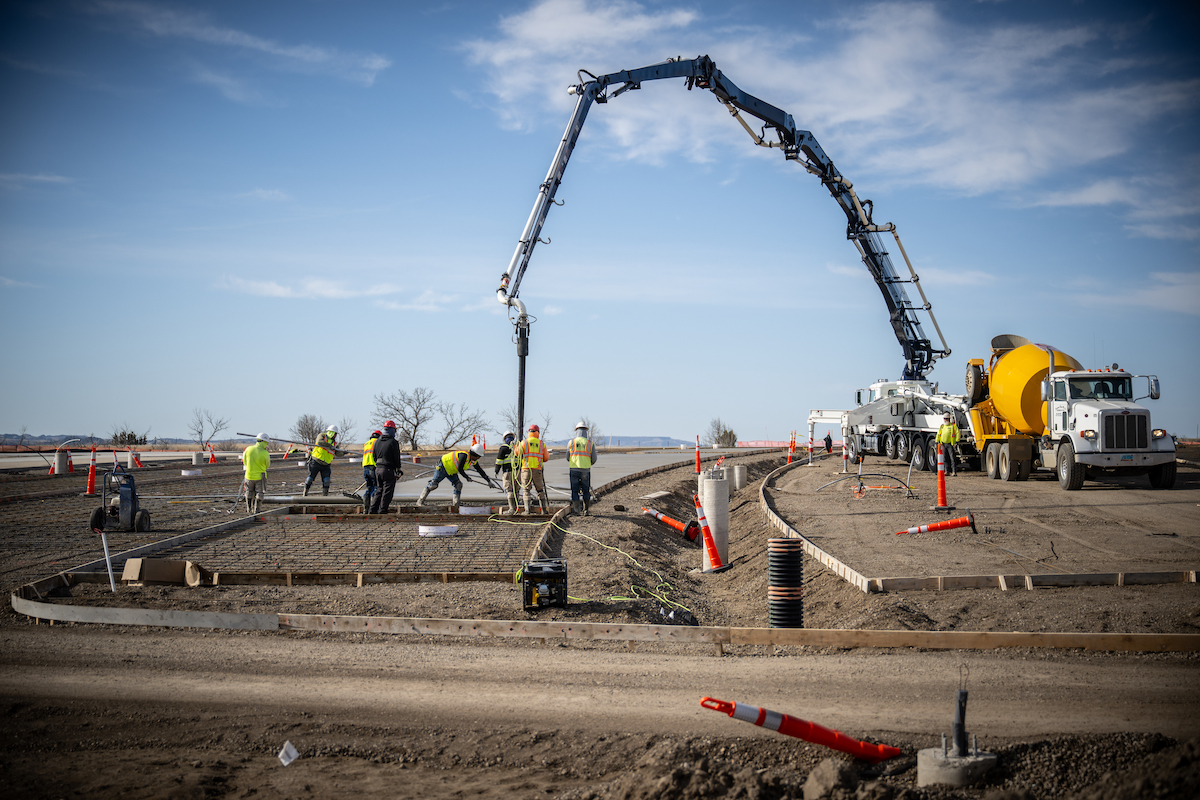When we think winter maintenance, we start thinking about cooling systems and antifreeze, fuel systems and fuel storage, engine oil, Hydraulic oil and systems, batteries and all the fluids, components and systems that suffer the ravages of cold and freezing temperatures. If its equipment, it needs winter maintenance. If operates outside during cold weather, it needs maintenance.
It’s been a long productive season, and snow and cold are on their way. Whether shutting down for the winter or pressing through, aggregate processing operations must take steps to maintain productivity and minimize maintenance costs: from screen media evaluations and component inspection to proper shutdown training.
Here are some steps to take to avoid being left in the cold:
Proper Screen Media Choices
Scheduled winter downtime is the perfect opportunity to evaluate how various components are standing up and decide whether there are better options before the operation kicks into high gear in spring. First, take a look at how long screen media is lasting. A different type may be necessary if wear is higher than expected or change-outs are too frequent.
Traditional screens such as woven wire cloth have been used for years with good results, but operations need to make sure they aren’t settling for “good enough.” Newer styles of screen media last longer and can solve many of the inherent problems of woven wire. High vibration screens, for example, are made up of highly engineered wires held together with polyurethane strips. This eliminates cross wires with high wear spots that are common to woven wire and a few types of self-cleaning media. The result is optimal open area and a wear life as much as five times longer than wire alone. The same features minimize blinding, pegging and material contamination to generate more production at a lower cost per ton of material produced.
High vibration wire screens can be especially advantageous in the winter because frozen material tends to plug or overload screen decks. The accelerated screening action of high vibration screens better handles the material surges or plugging issues.
Replace Worn Components
Next, inspect and replace wear parts. Screen media with broken wires or visible damage around the edges should be switched out. Also inspect screen media hardware. Check the condition of the threads and heads of shaker bolts and clean additional build-up.
Examine the clamp bars for excessive wear and replace any that are wearing thin or caving in order to improve the wear life of screen media. Adding liners to the clamp bars can further longevity by avoiding metal to metal contact. It is best to purchase components – like clamp bars – directly from the OEM to ensure they meet exact specifications for the screen box.
Power Transmission and System Diagnostics
Once the preventative maintenance portion of the winter maintenance is completed, it’s time to get the screen box diagnostics checked and evaluate the power transmission components. Some manufacturers offer innovative diagnostic tools that quickly measure screen box stroke, g-force, and RPM against the factory (baseline) settings. Also, look at the sheaves and v-belts that drive the plant. Oftentimes replacing these parts in the off-season will be worth the savings from preventing the downtime of an in-season failure.
Check Crown Bars
Make sure all screen box decks have a continuous and proper crown curve to ensure the proper tensioning of the screen media. Damaged and improper crown bars will lead to premature failure of screening media, making the offseason the ideal time to check and rebuild crown bars. Damage caused by a season of high production combined with quick fixes will lead to higher rates of unscheduled downtime and maintenance costs next season. Check with the OEM or the Owner’s Manual to ensure proper crown bar heights are maintained.
Additional Training
If the operation is shut down for the season, take advantage of offseason training provided by equipment suppliers on important parts of the operation. This could include training from a screen media manufacturer on correct screen media installation to maximize longevity, or what to look for to know when a screen change-out needs to be made to prevent unscheduled downtime.
Take advantage of the cold season to give screen media a thorough examination. Evaluating screen choices, keeping an eye on wear and completing preventative maintenance will go a long way toward helping the bottom line, whether screening will continue through the winter or stop until spring.







































































